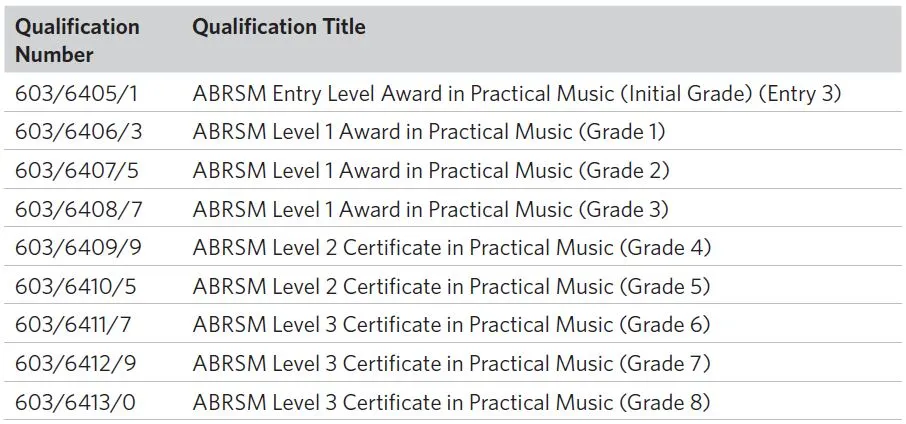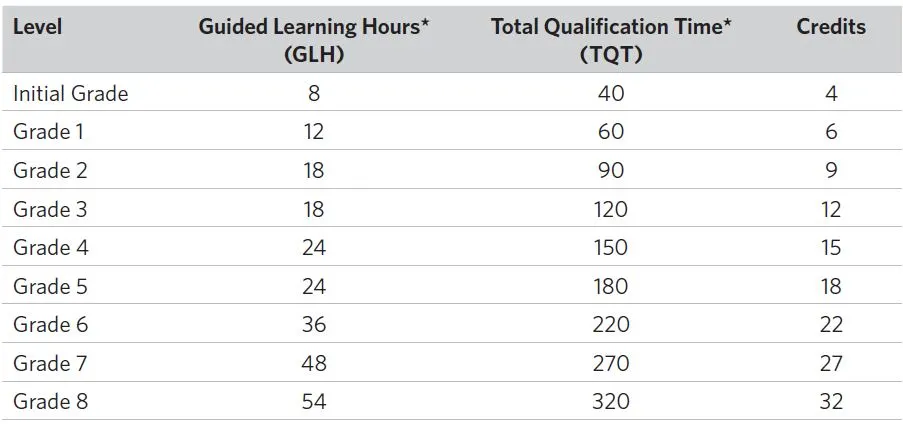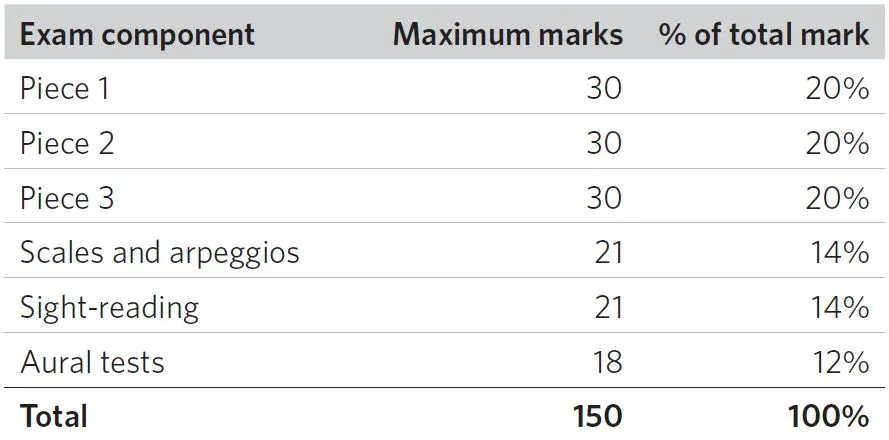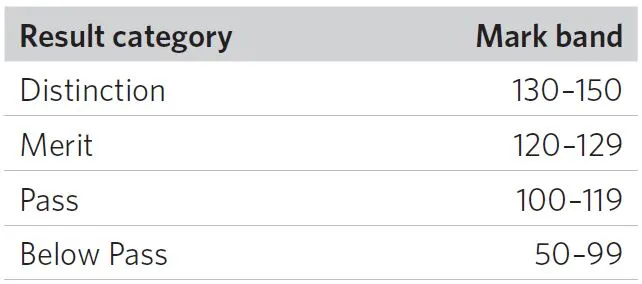
Whether taken for personal achievement or as a step towards professional goals, ABRSM violin exams encourage consistent practice and a deep understanding of the instrument. They serve as a valuable tool for measuring progress while fostering discipline and a lifelong appreciation for music.
The ABRSM violin exams aim to help learners showcase their performance skills alongside comprehensive musical knowledge. These exams provide formal recognition of their mastery level and offer valuable feedback to the students.
TAKE THE FIRST STEP


That’s a question we hear quite often! There’s no definitive answer, as it depends on several factors, including the time invested, the student’s abilities and dedication, as well as the length and frequency of lessons.
However, here is an estimation:

Updated every 2–3 years, it ensures a fresh selection of repertoire while maintaining an overlap year to give students and teachers flexibility in transitioning to the new edition.
You can find information about exam dates, locations, fees and the booking process online in the ABRSM exam booking page.

Conducted face-to-face, ABRSM violin practical grades assess a well-rounded set of musical skills. The exam includes performing three pieces, technical work, sight-reading and aural tests.
Candidates must perform three pieces chosen from set repertoire lists, complete a selection of technical exercises (scales and arpeggios), tackle an unseen sight-reading test, and respond to a series of aural tests. Each section is assessed individually, with the three pieces carrying equal weight in the overall marking.
At the heart of the exam are the pieces, with candidates required to perform three at each grade. The repertoire is divided into three lists, showcasing a variety of musical traditions and styles from the Renaissance to contemporary works.
Selecting one piece from each list allows candidates to present a well-rounded program and demonstrate diverse skills. The lists are categorized based on the music’s characteristics:
Practicing scales and arpeggios plays a vital role in developing technical skills, including finger movement, hand positioning, coordination and fluency. It also enhances pitch and interval recognition, key familiarity and tone control.
Scales and arpeggios must be performed from memory.
When requesting scales, examiners will specify:
Sight-reading improves the ability to quickly identify keys, tonality and common rhythmic patterns, making it easier to learn new pieces and collaborate with others.
Candidates will perform a short, unaccompanied piece they haven’t seen before. They’ll have 30 seconds to review and, if they choose, try out any part of the test before playing it for assessment.
Listening and understanding how music functions develops every aspect of musical growth. Aural skills support accurate rhythm as well as the ability to assess sound and balance while playing. They also aid in developing pitch awareness, musical memory, and the ability to identify errors.
Marks are allocated for each component of Practical Grades for Bowed Strings, as shown in the table below.


A live piano accompaniment is needed for all pieces unless they are published as studies or unaccompanied works (indicated as SOLO in the syllabus).
Candidates are responsible for arranging their own accompanist, who may only be present in the exam room while performing their role. The accompanist can be the candidate’s teacher, but not the examiner.
Only one examiner will be present in the exam room, although a second examiner may occasionally attend for training purposes. Examiners might request to review the candidate’s copy of the music either before or after a performance, but providing an additional copy is unnecessary. They may also stop a performance once they have heard enough to make their assessment.
Candidates may perform the materials in any order they prefer, although it is recommended to play accompanied pieces consecutively at the start of the exam.
ABRSM Performance Grades are assessed through video recordings and are available from Initial Grade to Grade 8, with no specific booking periods. These exams allow learners to highlight their performance skills and use the same repertoire lists as ABRSM Practical Grades.
The exam consists of five components:
Marks are evenly distributed across the components, with each evaluated individually. Performances must be recorded in a single take and submitted to ABRSM for assessment.
Pick your favorite instrument and start making music today!
MUSIC LESSONSHow to enroll
Categories